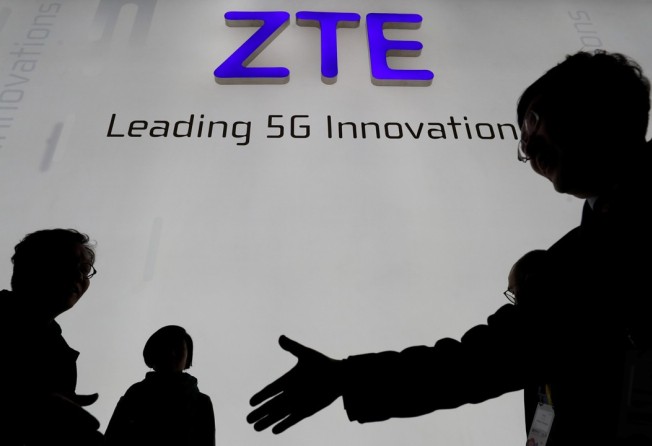China’s ZTE sharpens focus on 5G after earnings recovery in 2017
World’s fourth largest telecommunications equipment supplier aims to deploy trial 5G mobile networks in China and other key markets this year
Li Taoin Shenzhen

ZTE Corp, China’s largest-listed telecommunications equipment manufacturer, plans to intensify its 5G mobile development efforts after returning to profit last year.
Yin Yimin, the chairman of ZTE, said in a regulatory filing late on Thursday that the company expected “an accelerated process of 5G commercialisation” as 4G mobile network operators start to push forward network upgrades.
Print option is available for subscribers only.
SUBSCRIBE NOW